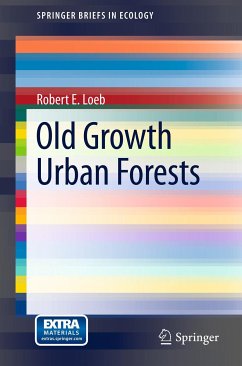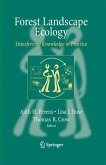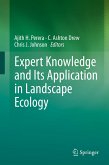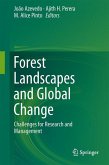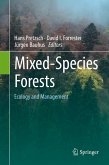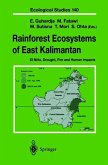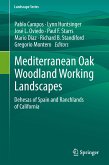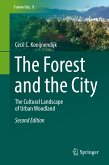Dieser Download kann aus rechtlichen Gründen nur mit Rechnungsadresse in A, B, BG, CY, CZ, D, DK, EW, E, FIN, F, GR, HR, H, IRL, I, LT, L, LR, M, NL, PL, P, R, S, SLO, SK ausgeliefert werden.
"The author seeks to further expand the use of the term 'old growth' to describe certain forests within a metropolitan matrix. ... Loeb's call for understanding the history, condition, and future of our older urban forests, and managing for their continuity, is important and should be well heeded. ... Proper understanding and management of mature and old growth urban forests is necessary for their preservation, and Loeb's book offers us an important window to assist in our efforts at effective stewardship for future generations." (Robert James Scheff, Castanea, Vol. 77 (1), March, 2012)
"This volume deals with a topic which is very interesting for a deeper understanding of the evolution and the present meaning of old growth urban forests. ... This book is a very interesting addition ... to the vast literature on urban forests. ... accessible and up-to-date volume with much valuable reference material, advanced undergraduates, postgraduates and researchers in thefield of old and present urban forestry, will find clear explanations of concepts, principles and terminology." (Francesco Ferrini, International Forestry Review, Vol. 14 (1), 2012)
"This is an excellent little book, which will be of great interest to all those interested in old trees and ancient woods, and especially those in urban environments. ... The book is essentially three extended essays written as substantial papers and with very useful reference lists. ... The stated intention of the author is to reach out and grab the attention of foresters, ecologists, planners and others, and to focus them on old growth forest and the dynamics of both natural processes and human-forest interactions." (Ian D. Rotherham, Arboricultural Journal, 2012)
"A fine scholarly contribution within limits, the book develops underpinnings for interpreting forest dynamics and ecological approaches for urban canopy systems and associated urban vegetation management. ... This ecological brief certainly lays groundwork for future discussion and study. The text represents a needed step in developing an urban context for evaluating forest community dynamics. ... Key for this text is the role of the benchmark set of species in both defining an old growth urban forest and conferring value for conservation and ecological consideration." (Jason C. Grabosky, Arboriculture & Urban Forestry, Vol. 38 (6), November, 2012)
"The primary aim of this book is to raise awareness of old growth urban forests and prescribe research and management goals to improve their conservation and management. ... This book is recommended to those with an interest in urban ecology or historical ecology. It will perhaps be most relevant to those working in these fields in North America. The case studies and research presented are drawn from local examples, synthesising historical literature with long-term ecological studies into a more accessible format." (Tricia Wevill, Austral Ecology, Vol. 37 (e21), 2012)

